2020 is an incredibly odd time to be assessing a new high-end media player like the Pioneer DJ CDJ-3000. It’s a powerful piece of DJ gear, it checks lots of boxes for many DJs, and it has all kinds of improvements that will be copied and standardized across the industry.
In this review and analysis, I’ll go in-depth on why I think Pioneer DJ is releasing the CDJ-3000 now, what improvements have been made, and what’s still missing on these $2,299 media players.
As a preface, consider one of the biggest challenges that Pioneer DJ faces: they’re developing DJ gear that is used globally, by all different types of DJs – but designing these products in relative isolation. There’s no “public beta” of DJ hardware at this level, and until the announcement, 99% of the DJs in the world had never seen the design of the CDJ-3000 – instead relying on well-made speculative Photoshops.
Why release the CDJ-3000 now?
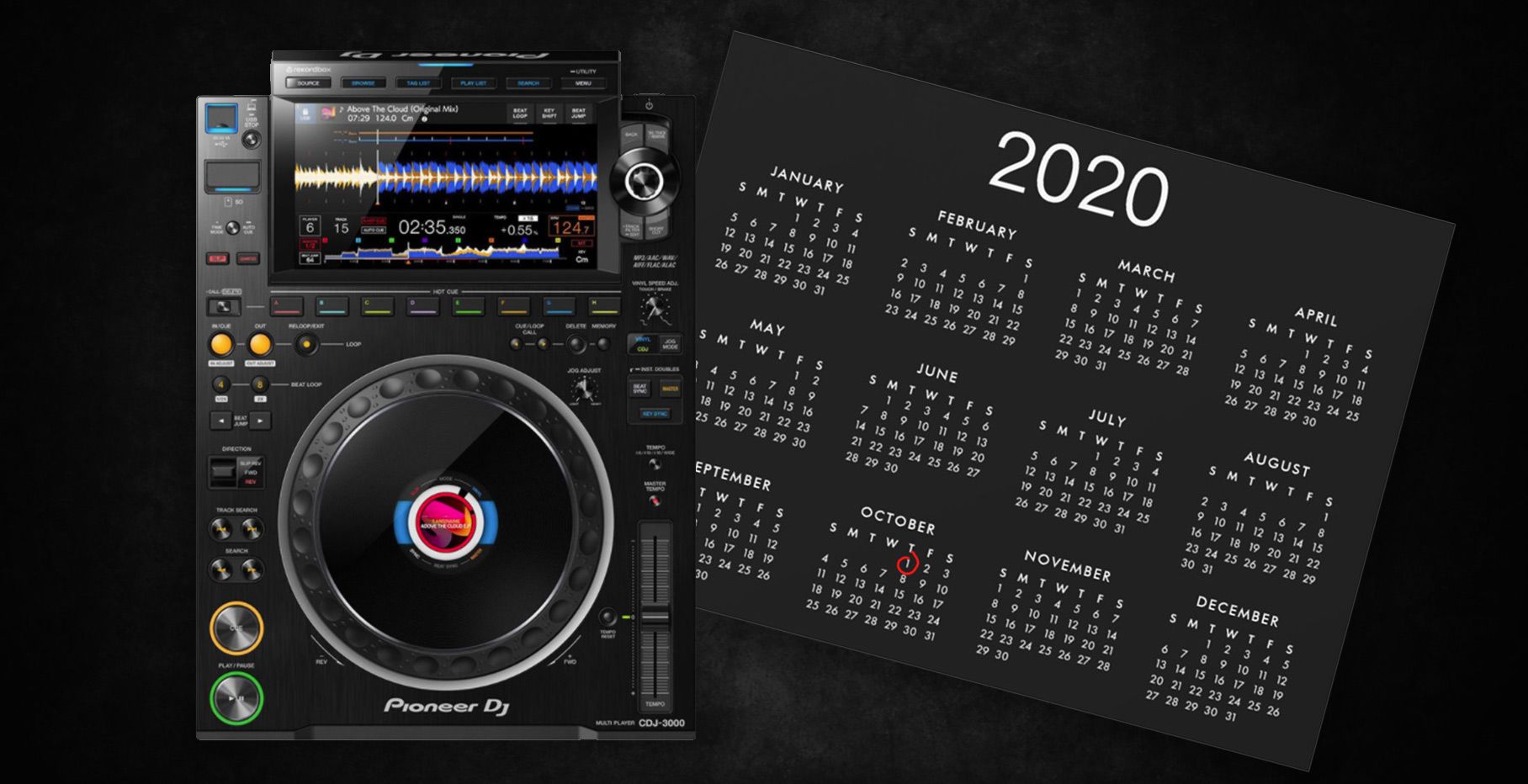
Look at the history of the CDJ-2000 line, and it’s clear. Pioneer DJ’s product cycle is on a 3-to-5-year pattern, releasing new, top-of-line media player in that time period.
There’s been some criticism of the CDJ-3000’s announcement, release, and pricing timing in various circles – particularly against the backdrop of the current climate in our industry. Scott Diaz, a DJ and producer from Brighton in the UK, sums up the frustration well:

Here’s the truth about hardware products developed on a large scale: product development cycles wait for no one – unless the company behind them is willing to take a huge loss. If Pioneer DJ spent tons of money on R&D for these new CDJ-3000s this year, they’ll want to also show some revenue for them as well. This becomes even more important when you’re reporting to a large corporate entity that isn’t embedded inside of the industry. We’ve seen Pioneer DJ experience this under both their previous and current owners, KKR and Noritsu, respectively.
Aren’t clubs/festivals the intended market? Not necessarily.
Yes, clubs, venues, and rental agencies represent a significant group of the target market – but consider that increasingly high-end DJ gear is also sold to individuals. In fact, during 2020, the DJTT store has seen home demand for club-level products skyrocket. People who can afford it want to use the nicest gear in their home setups.
Remember, too, that just because clubs and rental companies are most likely to buy high-end DJ gear (and don’t buy controllers) doesn’t mean they represent a true majority of unit sales. Here’s a simplified representation of the market (this is for demonstration purposes – these aren’t actual sales numbers):
- Imagine the entire DJ gear market is made up of 2 clubs and 100 DJs.
- Those two clubs might buy 1 full Pioneer DJ setup (two players and a mixer) once a year, tops.
- 10% of those DJs might buy a full Pioneer DJ setup every four years.
- Over four years:
- the clubs make up 24 unit sales
- the DJs make up 30 unit sales
Our review of the CDJ-3000 itself: really solid quality of life improvements
Looking at the CDJ-3000 with only the context of previous Pioneer DJ products, the company has delivered a really solid upgrade to their media player family. Worth noting, you can’t buy a CDJ-2000NXS2 anymore – and actually, due to supply issues, there haven’t been very many available this year at all. This isn’t just a new offering – it’s taking over the slot that the NXS2 held.
As a replacement for the CDJ-2000 NXS2, there are features that are so incredibly welcome. My list of notable winners:
- That new jogwheel: This is, without a doubt, the best non-motorized jogwheel on the market. It feels buttery smooth, and there’s much less platter noise during heavy use – ie: when you backspin a track into oblivion when mixing out.
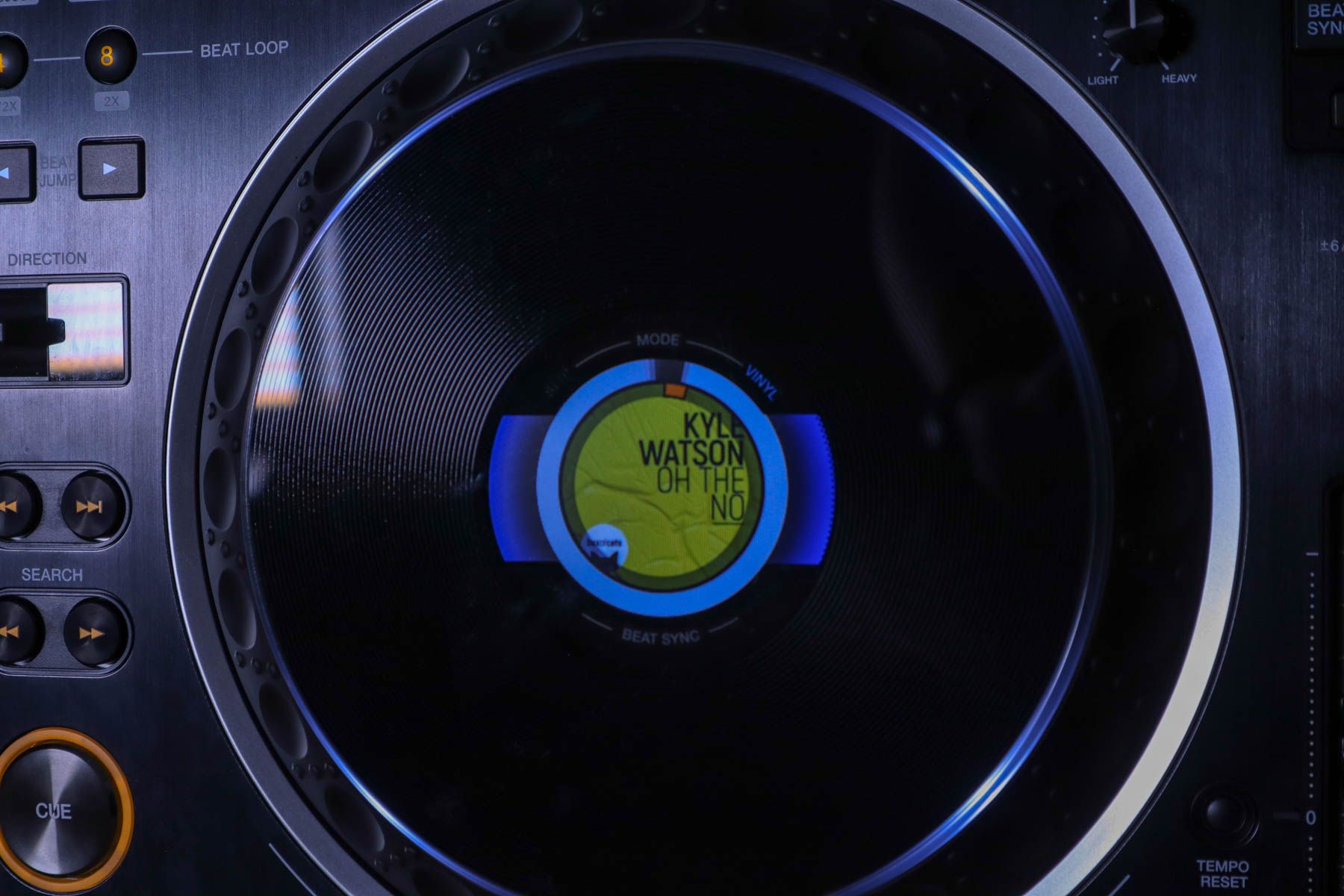
- On-jog display: As soon as the DDJ-1000 was released, everyone suspected that this tech would be implemented on the next generation of media players. It’s great to have a visual representation right on the platter of a number of functions. As with Denon DJ’s Prime players, showing album art when playing a track could have a powerful impact on a DJ’s ability to encode and recall what a song sounds like. It’s not necessary, but it’s nice to see this quickly becoming an industry standard.
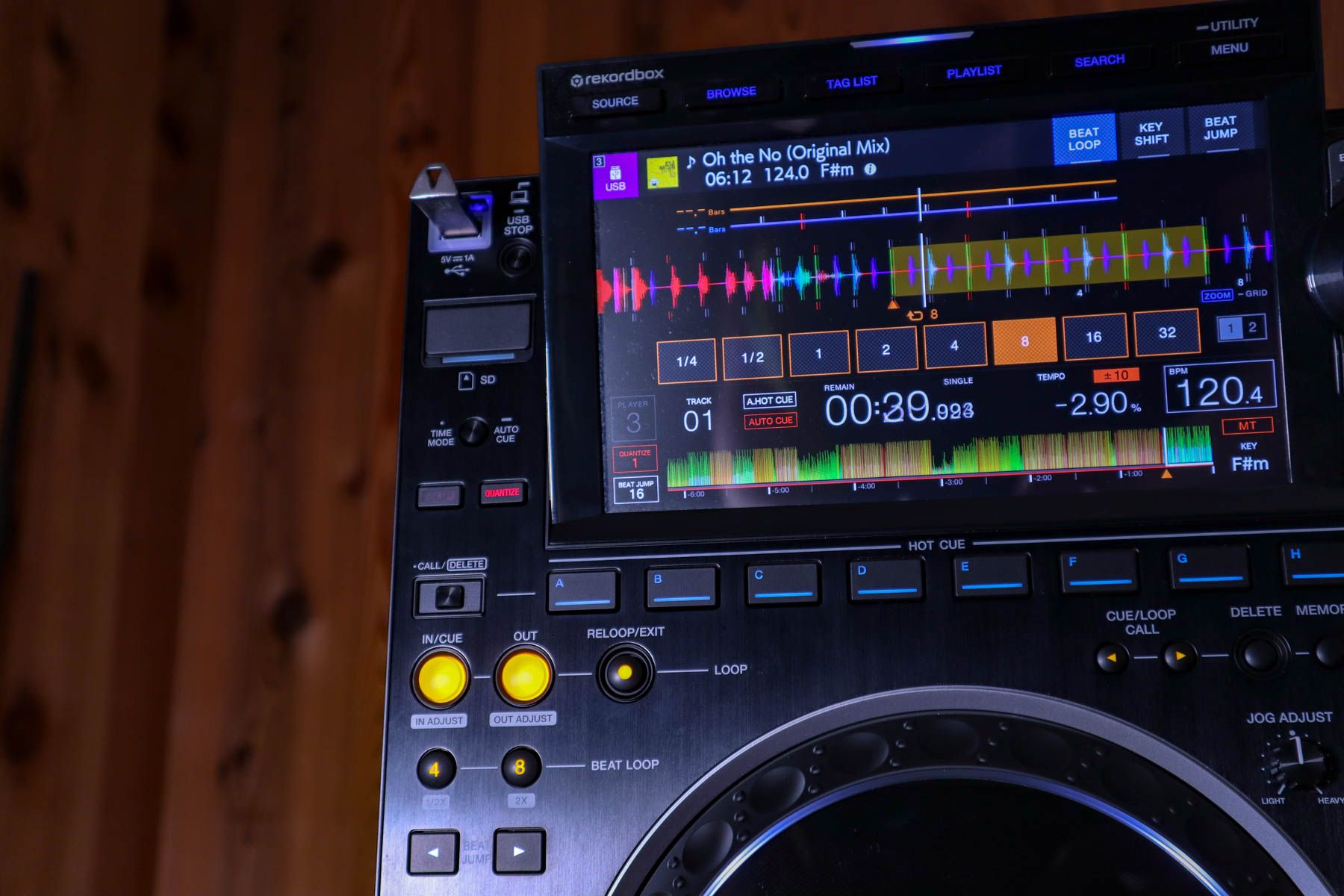
- Better looping controls: I almost never set a 4-count loop. As a house/techno/drum and bass/etc DJ, 8, 16, and 32 count loops are far more commonly used in my DJ sets. Having a dedicated 8 count loop button is very satisfying, and being able to use those loop buttons as double/half controls is great – it means you don’t have to move your hand to the right at all when setting loops.
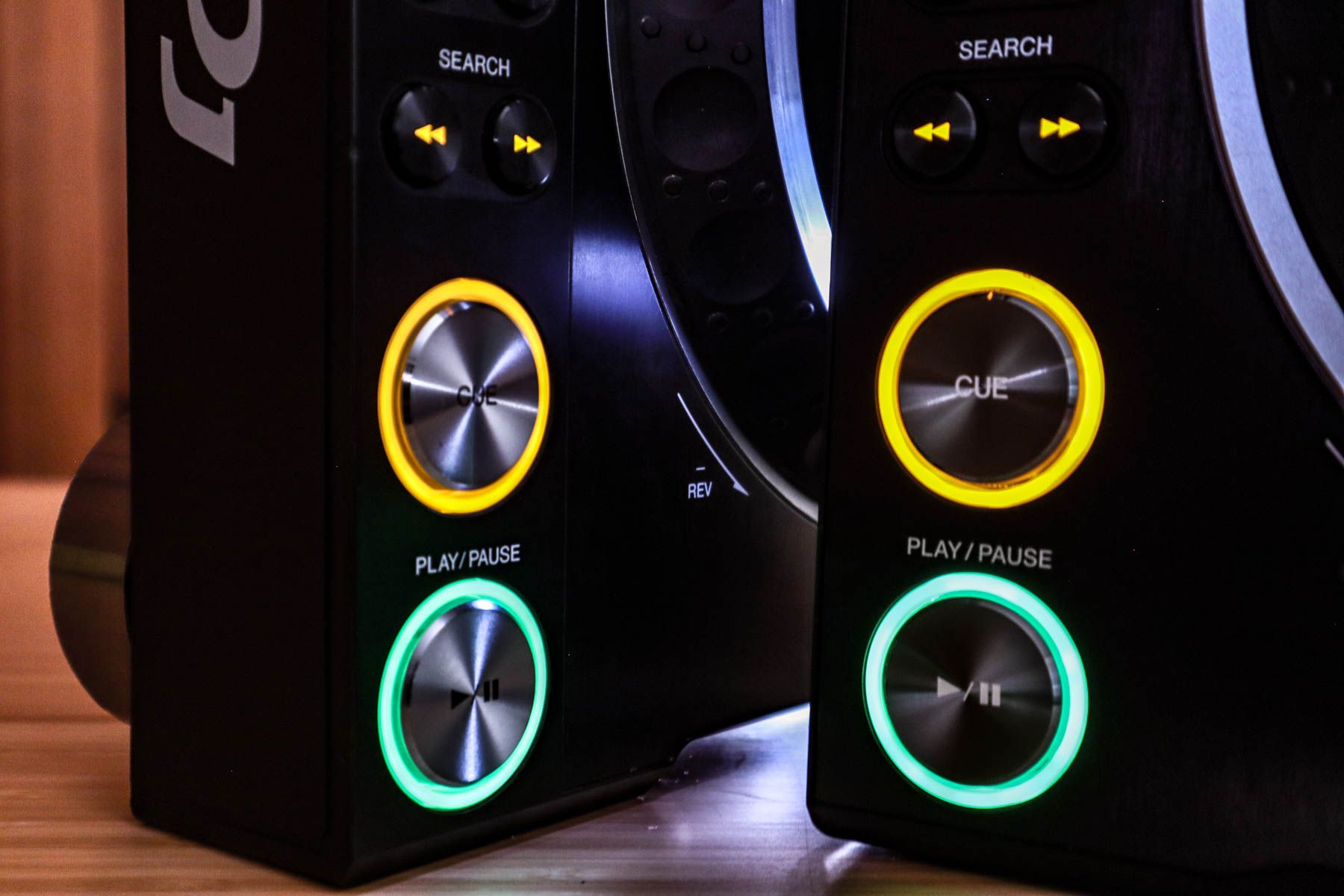
- Cue/Play button design improvements: Having seen a number of CDJ/XDJ Cue/Pause Play switches destroyed by overuse and dust, knowing that the engineering team has reinforced this design is comforting. You can really feel the difference between the buttons when you put a NXS2 and a CDJ-3000 side by side. The older NXS2 switches clack loudly and feel pretty mediocre in comparison to the CDJ-3000. However, in terms of true durability, without smashing the buttons thousands of times or taking a 3000 out to the desert for three days, it’s hard to say exactly how much more sturdy they really are in the long run.
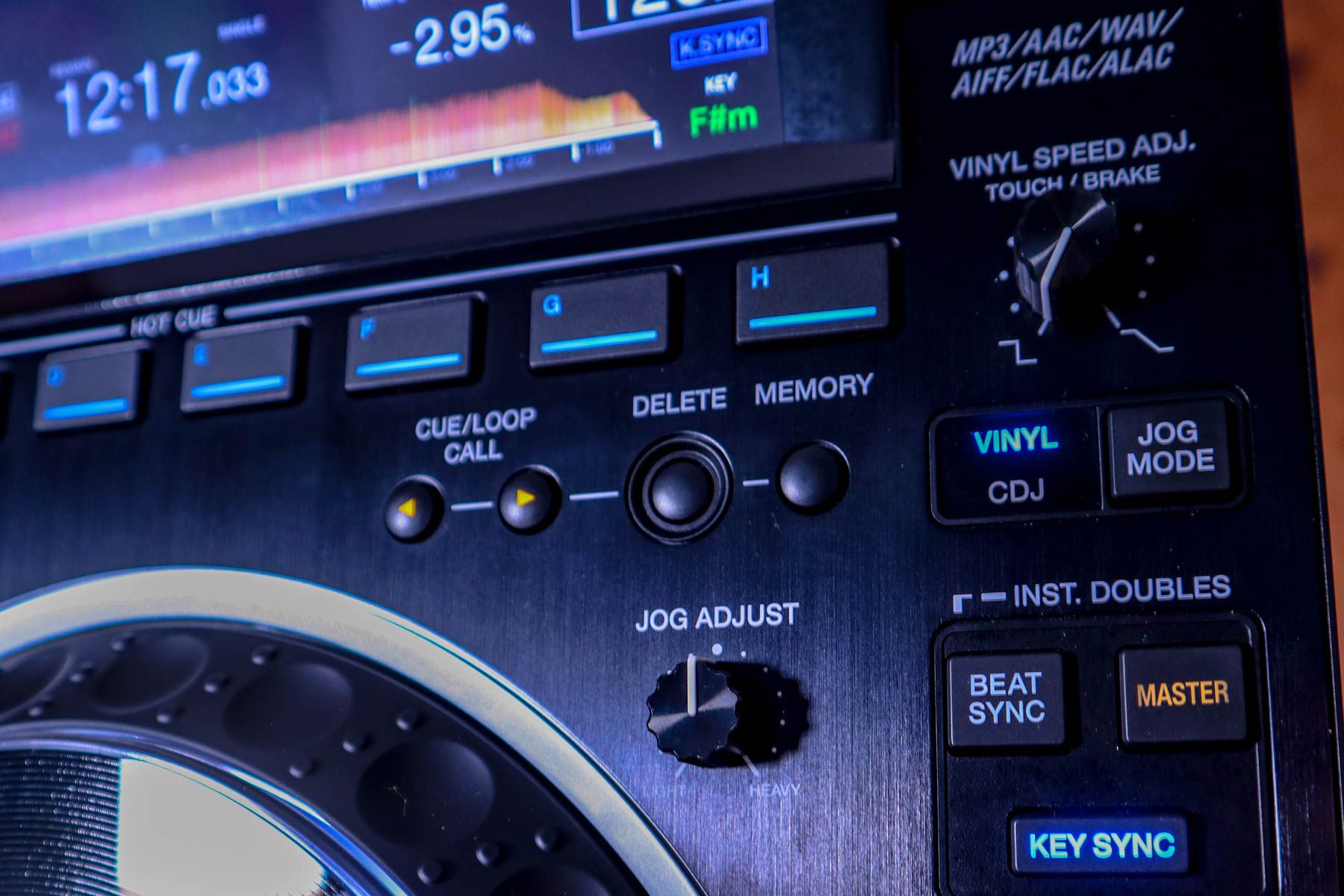
- Key Sync: In practice, Pioneer DJ have brought the simplicity of tempo/beat sync to key. You can quickly load almost any track in any key and tap the key sync button and bam, the track sounds pretty darn close to what it’d sound like if I chose my next song by looking for tracks that match in key. Having an onboard key syncing feature that actually sounds great is going to allow me to think even more broadly when mixing open-format.
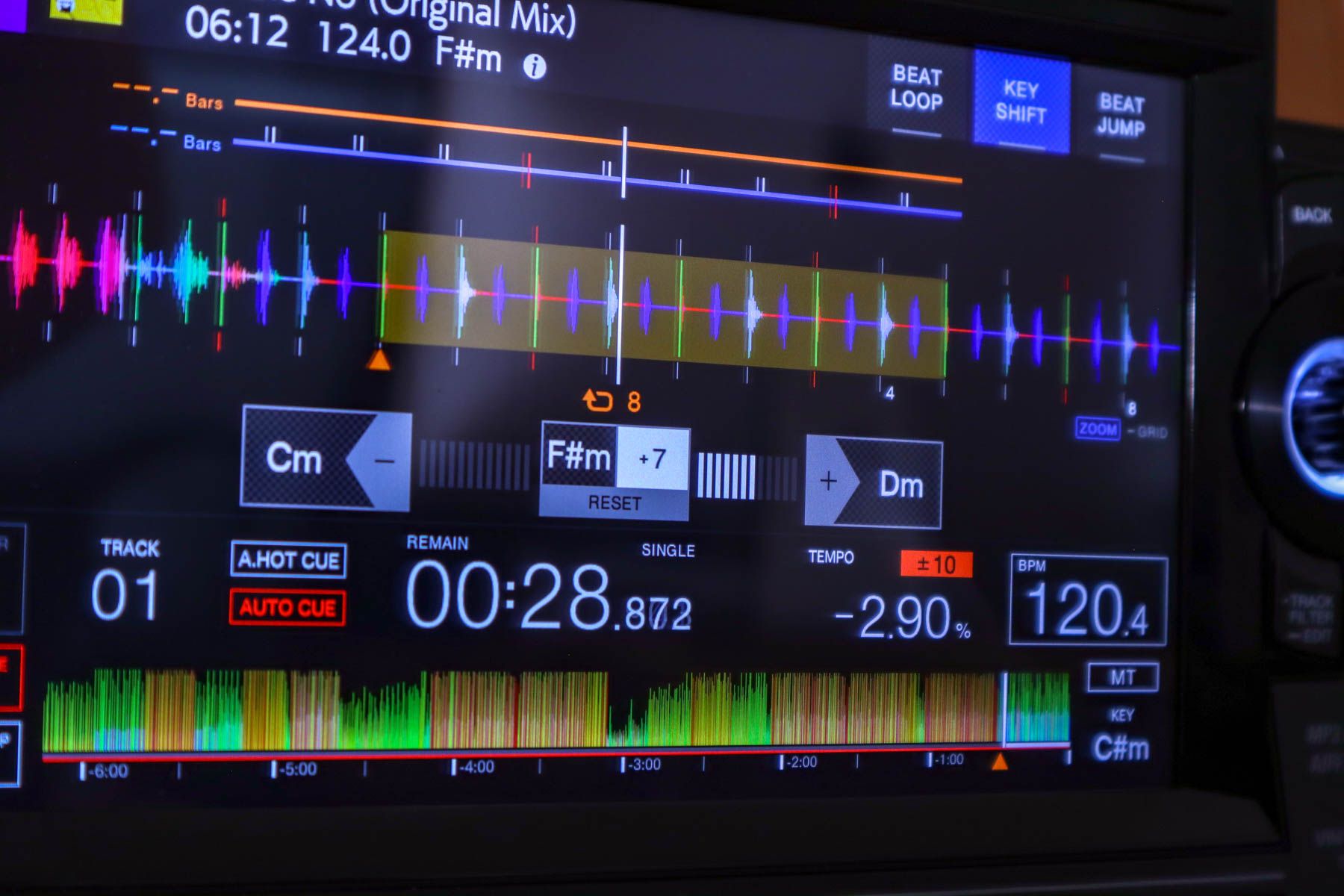
- Key Shift (Pitch-only adjust): Hand-in-hand with the Key Sync is the ability to manually adjust the pitch of a track in semitones, using an on-screen up/down/reset paradigm. This is great for a momentary gimmick mix (increase the pitch in time with the beat on a drop, then reset it back to normal on the 1), but I would hope Pioneer DJ will add the ability to do tone play in future updates to the CDJ-3000.
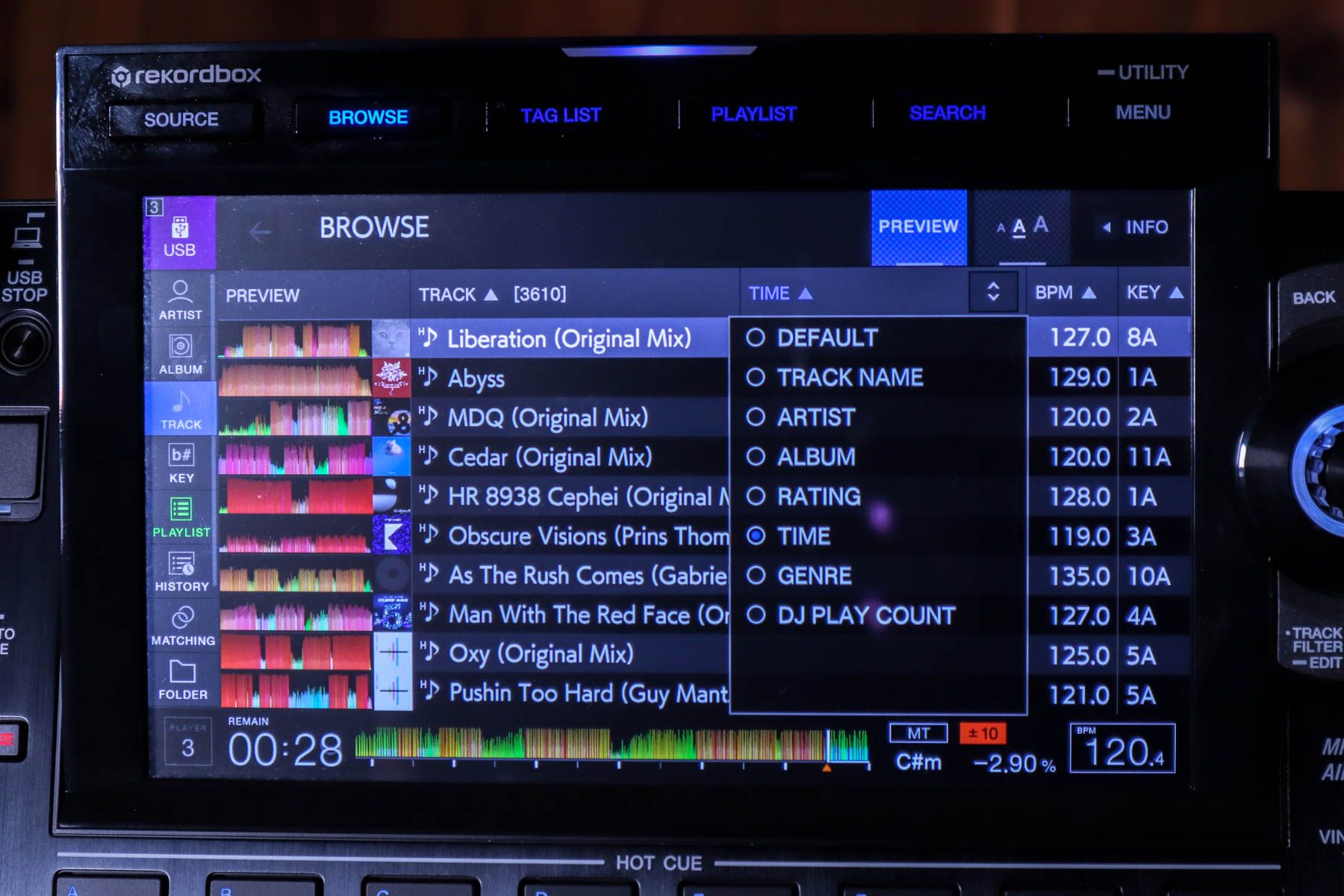
- Browsing for tracks feels like a proper spreadsheet: Being able to sort by columns is something that everyone expects from spreadsheets, and finally browsing for a track feels more like the spreadsheet that it is. Tap any column header and the track list rearranges. It takes some getting used to, but this type of basic feature upgrade makes a big difference – especially for DJs with massive music collections on their thumbdrives.
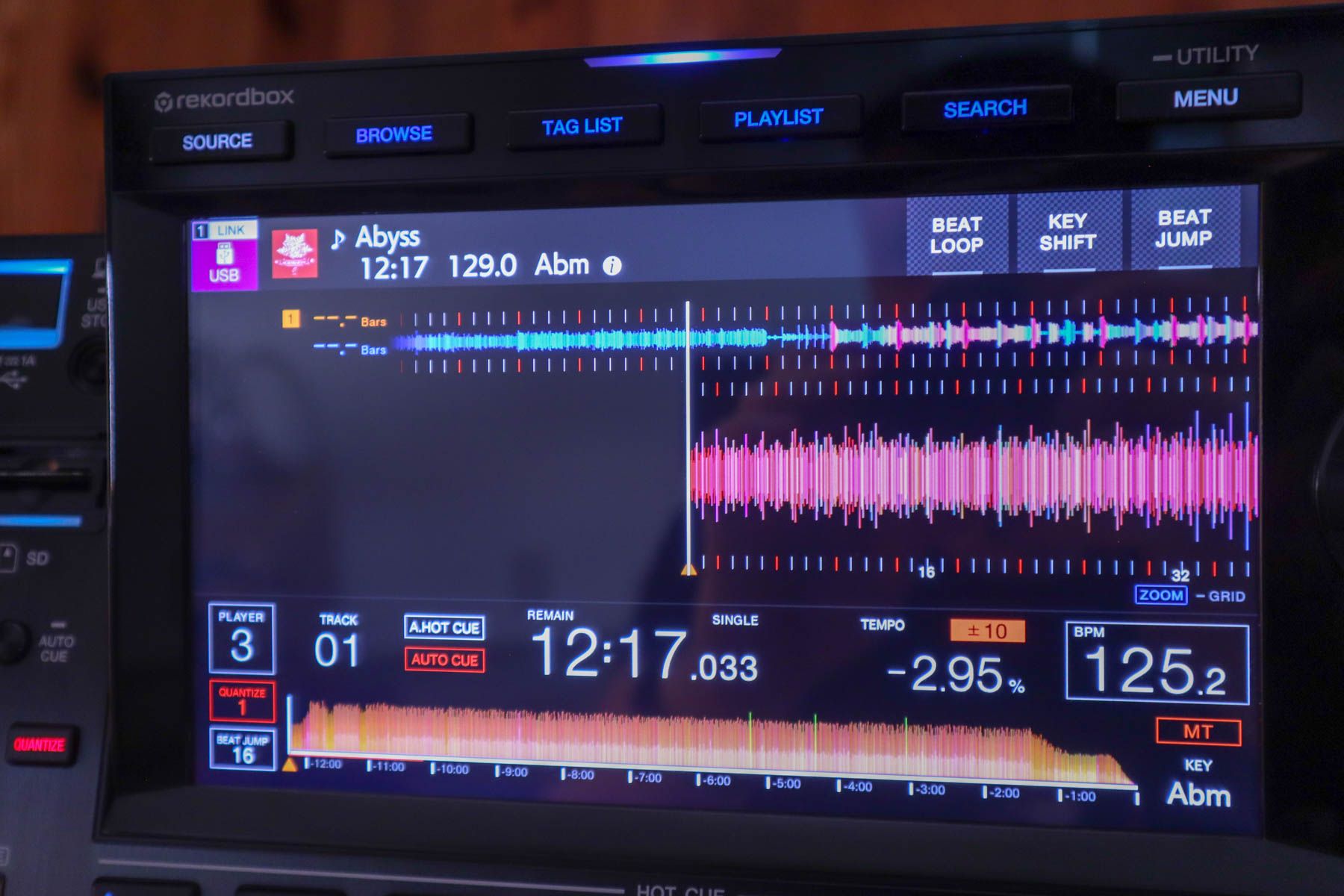
- Master deck waveform preview: This feature makes it feel, for a moment, like the 3000s support a dual-layer mode – but instead, what Pioneer DJ has done is put the master deck waveform in place of the beat display at the top of every deck. It’s incredibly handy for timing up phrasing (it feels similar to zooming out on all-in-one units like the XDJ-RX/Z series). Hate it? No worries, tap the waveform and it quickly changes to the old-style beat display.
Bringing the flagship player up to feature parity
In many ways, the CDJ-3000 feels like it’s focused on adding features that should have always been on a $2,000+ media player – even one released in 2016.
Don’t get me wrong – these are great quality of life improvements, but they don’t feel fresh aside from the context in which they appear (on Pioneer DJ media players). For example:
- A useful touch screen UI: Anyone with a smartphone expects screens to have touch controls – and while the XDJ-RX2 offered a handful of touch controls, the CDJ-3000 allows swiping, scrolling and has a number of other touch features. That said, no multi-touch – so don’t try to zoom in on those waveforms.
- Connecting 6 CDJs together: passing networked audio files and waveforms doesn’t seem that challenging – perhaps 6 lossless files from different decks start to push the boundaries a bit – but gigabit ethernet capability over Cat5 has been around since 1999.
- Dedicated 4/8 loop buttons: This should have been a thing ten years ago, and it still feels like the loop encoder model (as on Kontrol units and Denon DJ players) is vastly superior.
- 8 cue buttons: The original DDJ-SX came out in 2012, and even before that, cue buttons / performance pads had started to become standard on NI, Vestax, Reloop, and other types of DJ gear.
- Key shift/sync: this function is incredibly fun to finally have on CDJs – and in general, it sounds great. But again, it’s been in Serato DJ since 2015 and Virtual DJ even longer than that.
What’s still missing on the 3000
There’s a similar list of things that a media player released in 2020 at this price point should absolutely do – but the CDJ-3000 does not. Here’s the thought process: if it’s something that you can do on a computer or tablet, this $2,300 should be more than capable of doing it, too.
It almost feels like Pioneer DJ is handcuffed to rekordbox DJ for some of their features:
- Onboard analysis: Being able to throw a track onto a USB drive and analyze it quickly on a CDJ should be possible with the hardware present – but it’s not an option on these new units.
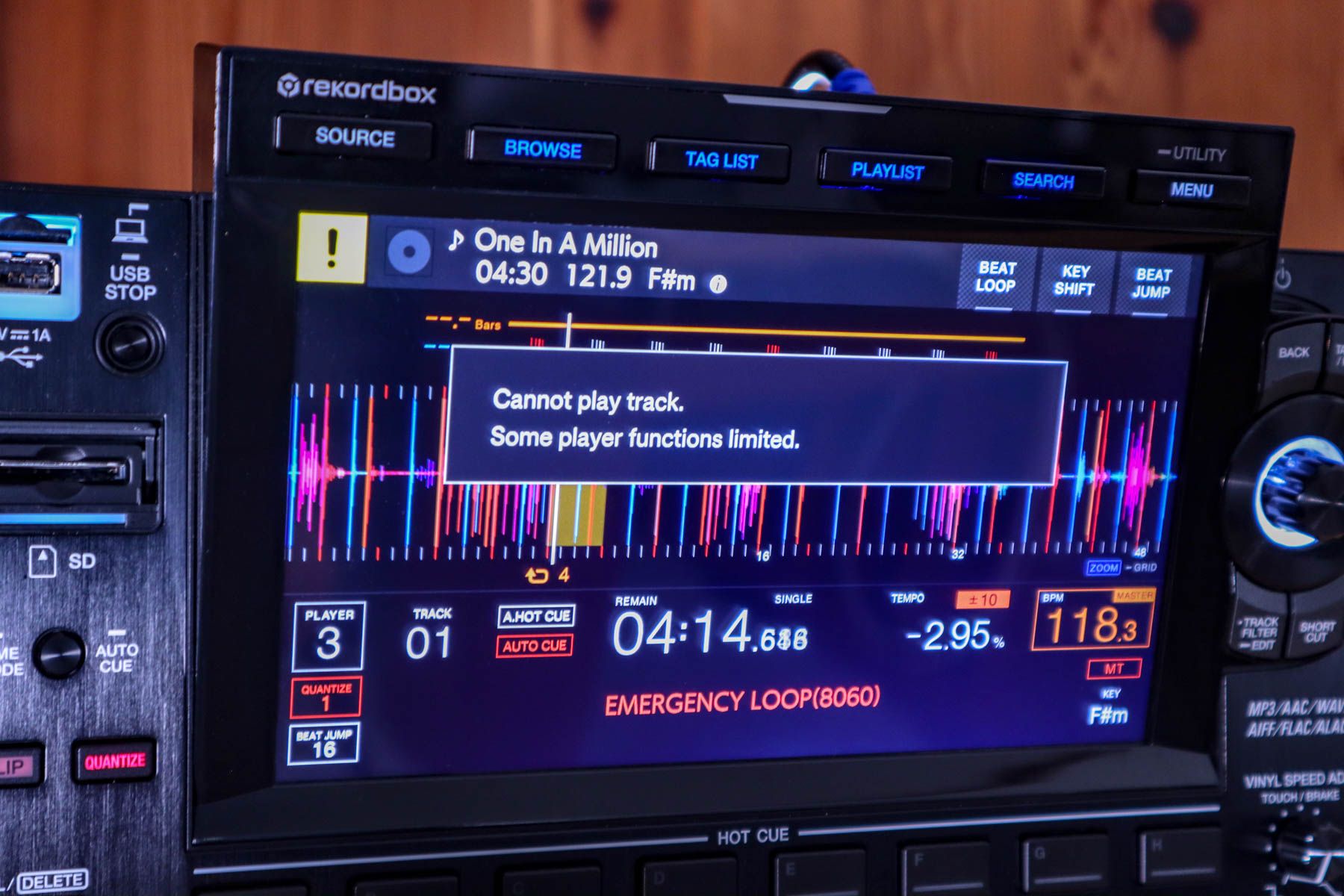
- Ending Emergency Loops: Is there no track buffer on the 3000 for linked tracks? The smoothness of 64-bar beat jumps would seem to indicate that there is, but if you pull out your USB stick while playing a track from a linked deck, the old familiar 4-beat Emergency Loop is still there. At least when the track is on the same unit as the USB drive, the Emergency Loops are gone. Feb 2021 update: this was finally fixed!
- Vocal display: remember how rekordbox DJ just added visual vocal indications to tracks? That was an industry-first and it seems like an easy one to have added to these players.
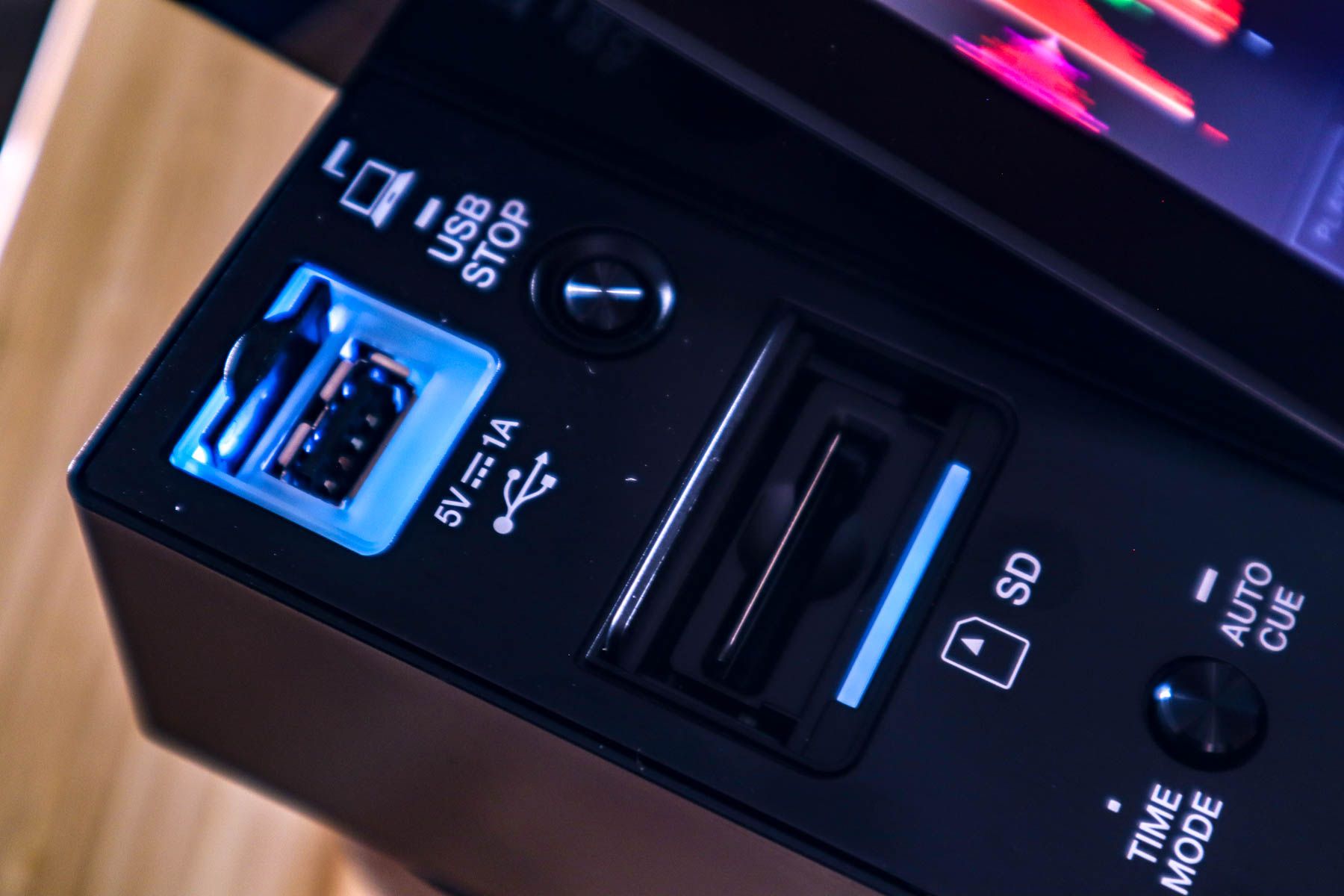
- More than one USB slot: The CDJ-3000 is limited to one SD card and one USB slot. It’s the same as the 2000, 2000NXS, and 2000NXS2.
- Any performance pad modes: rekordbox DJ outlines pretty clearly what performance pad modes could have been present on the CDJ-3000 beyond just Hot Cues. Where are Pad FX, Slicer, Beat Jump, Beat Loop, and Keyboard/Key Shift (for Tone Play)?
- Streaming music libraries / internet connectivity: I get that streaming music isn’t what most people expect from CDJs, but it seems like internet connectivity is completely overlooked on these units. A basic example: want to update the firmware on a CDJ-3000? You can’t do it directly – you still have to download the update on computer, upload it to a drive, and then boot the CDJ into firmware update mode with the drive plugged in. That feels relatively archaic in 2020.
The Legacy Trap or Legacy vs. Innovation
Pioneer DJ has been in many ways trapped by their legacy users. Even casual gear news followers can see this in the comments from the new player’s release around the lack of the CD slot.
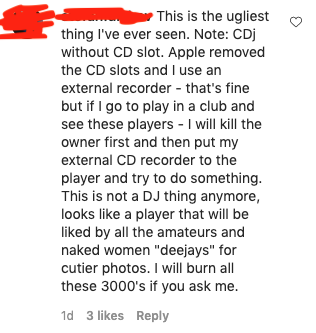
Let’s be real: anyone who is using CDs as a central part of their DJ sets is, at best, a relic of a different era with a very particular unwillingness to just use USBs since you have to prepare them on a computer anyway exactly like a CD.
But dive deeper into the CDJ’s workflow design and you see a few other legacy controls that speak to Pioneer DJ’s continued reliance on legacy workflows:
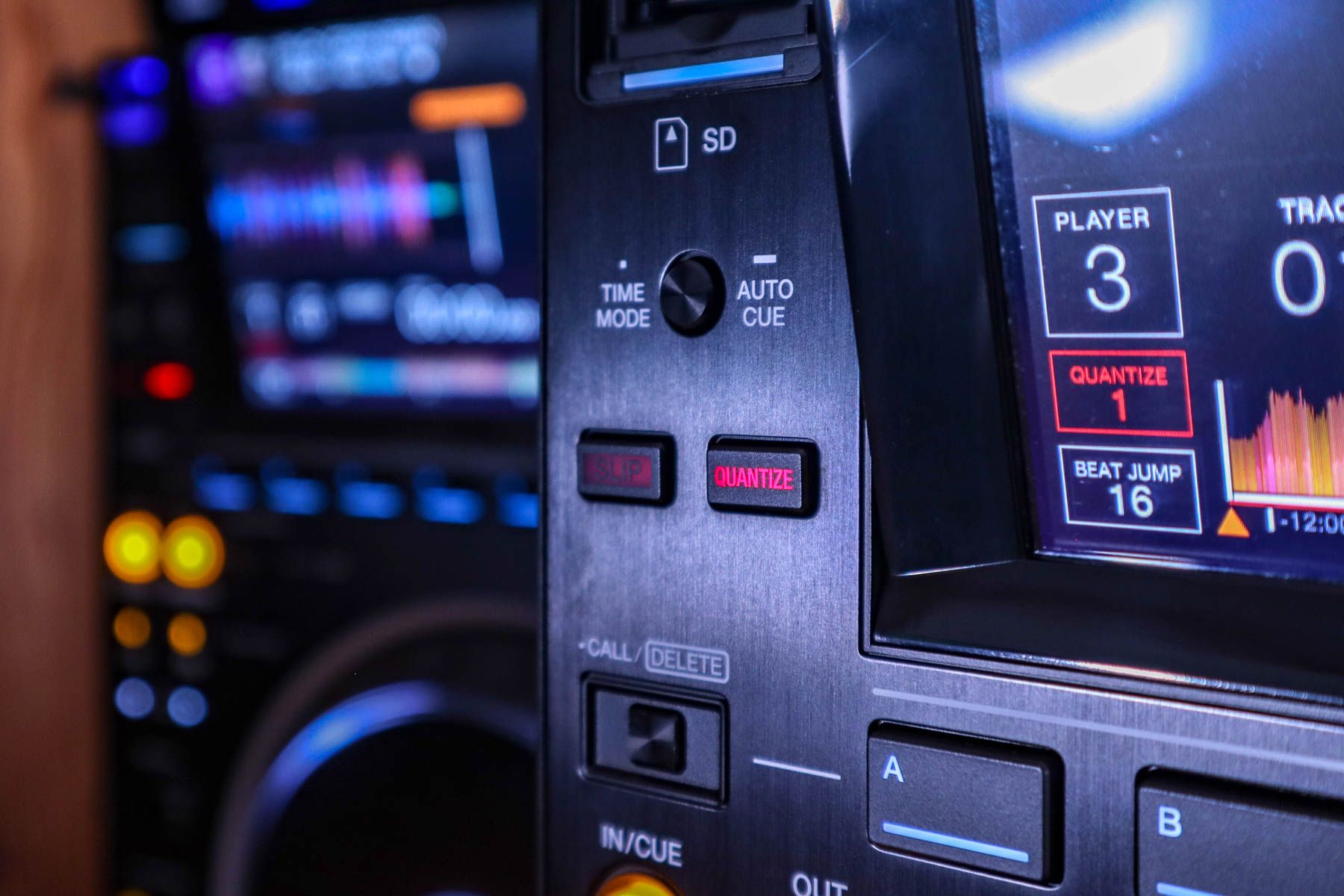
- The Hot Cue pads are absolutely the biggest example of this trapped style of thinking. Putting them above the jogwheel and next to the screen might make sense from a reference standpoint, but with any heavy use of these pads runs the risk of an accidental platter touch with your wrist or forearm. Locating them at the bottom of the unit would avoid this, and would reflect the industry standard location for pads – including on every other Pioneer DJ product that has 8 performance pads.
- Auto Cue / Time button: Both of these functions would be much better served as a menu item and loadable user preference.
- Call/delete button for hot cues: Wouldn’t a global shift button be far, far more useful?
- CDJ/Vinyl jog mode: Again, better as menu item and loadable preference. That said, I’ve spoken to a few DJs that use both modes, so while I can understand the need to use it, I’m amazed that this control survived while the release/start timing knob did not.
What the CDJ-3000 could do in the future
I do suspect there’s a lot of about these players that we don’t currently know. Remember how Denon DJ surprised everyone and announced that there was built-in Wi-fi on every model sold in the lineup?
Based on the workhorses under the hood (two ARM Cortex MPUs in each unit – a 1.5GHz dual-core A57 and a 1.2 GHz quad-core A53), it’s clear that there could be a lot more to unlock with future development work. It’s unlikely that we’ll see dual-layers added (the lack of I/O on the back of the unit to support it is the giveaway), but plenty of other future features could take advantage of these MPUs.
COVID-19 has destroyed the idea of a “Club Standard” – for now
Who actually dictates industry club standards when the club industry is at a standstill?
A very, very common reason DJs cite for buying Pioneer DJ gear, even non-CDJ-level units, is to “practice for the club”. But a majority of clubs around the world are closed, and if not, they’re certainly not flush with cash. Excepting clubs where Pioneer DJ has a strong relationship and is willing to place units in the booth, it seems unlikely that many clubs will be able to justify buying these new players anytime in the next 6-12 months.
There’s also the sound system factor. Despite a lot of focus on improving the audio engine on these players (“The CDJ-3000 unifies audio calculation processing to 96 kHz/32-bit floating in all playable audio formats”), most DJs are not playing on big systems right now, so they won’t be able to hear the difference.
Is the CDJ-3000 worth the $2,299 price tag?
Here’s the ultimate question on many DJs minds – the price / affordability / value assessment. Is it worth investing $4,598 for a pair of these players?
(Worth noting, many stores, including our own, can offer discounts if you talk directly to a chat/sales rep. Come say hi to Charlie and Josh and Stevan in our store.)
In general, my sense is that every DJ will view this calculation slightly differently. For some, there’s no substitute for becoming incredibly proficient on Pioneer DJ’s latest players. When clubs and festivals are back in full swing in the next year or two, these units will start to appear all over the place, and knowing your way around them will be a prerequisite for touring artists.
For others, the feature set and affordability offered by Denon DJ’s Prime players can’t be beat. The SC6000s offer dual layers, on-unit Rekordbox conversion, performance pad modes, streaming libraries (including a Dropbox stream of your own library), and even a motorized platter option in the SC6000M. I imagine many DJs looking to build a home setup from scratch will heavily consider this option.
There’s also one more reality check here: every time a new Pioneer DJ media player comes out, DJs who are shopping for used gear will find an influx of previous-generation models. NXS2 CDJs will continue to be found in venues around the world for years to come.
In closing, the CDJ-3000s are incredibly fun to mix on and a welcome breath of fresh air for the Pioneer DJ ecosystem. Every DJ wins when features like Key Sync become standard and expected on a flagship media player. Here’s hoping that Pioneer DJ will continue to invest in these players and release updates with more features that make these units powerhouses for years to come.





